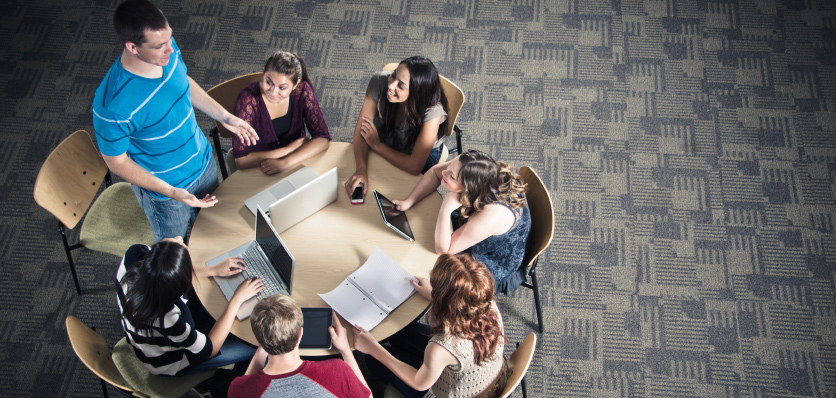 Flipping turns traditional teaching on its head.
Flipping turns traditional teaching on its head.
It moves learning out the classroom to a time and place of the student’s choosing. Meanwhile the classroom becomes the venue for ‘homework’ elements: exercises, projects, discussions…
Driven by technology, it’s a method any teacher and institution can adopt. But there are still pitfalls to avoid, and best practices to aim for.
To make it work for you, follow our ‘do and don’t’ tips below.
Create varied and interesting content
The heart of flipped learning is putting lessons into a watchable format, which students see before the classroom session.
A purpose-built tool can make a huge difference with this. Basic webcam-recorded lessons are ok, but to truly engage with your students – and fully express your own teaching abilities – you need something lively, varied and genuinely interactive. And for that, you really need tailor-made software – of which there are several options.
Do: Look for something that runs on a common platform, such as Windows.
Don’t: Let technology get in the way. Choose a simple system, with an intuitive interface.
Do: Check it offers several content-creating options. For example: HTML5 interactive objects, YouTube videos, documents, presentations, images, videos, multimedia files, audio narration… These should be easy to use, and to combine.
Don’t: Rely on making your own content. Pull in material from all kinds of sources – copyright allowing, of course! It’s what this generation is used to.
Do: Keep things short. You don’t need a 40 minute flipped lesson just because that was how long the classroom lesson was. 15 minutes might be plenty.
Get students to engage, not just watch
Just as you need the right tool, so your students need something that enables them to interact effectively.
There are some great solutions out there. For example, mobile apps that enable students to preview, navigate and interact with e-lessons.
Do: Look for something that allows students to, for example, highlight, bookmark or add comments, or answer self-assessment questions. (This is also a good way to check they really are watching the lesson, which needs factoring in!)
Do: Try and choose this tool at the same time as you choose the teacher’s tool. The two should go hand-in-hand.
Don’t: Overburden students with material to watch in their own time. Weigh up the pros and cons. It’s usually fine if this replaces time previously allocated to homework, but if flipped learning actually places extra demands on a student, then it might be worth rethinking things.
Use the classroom differently
Once you’ve created your lesson and your students have interacted with it, classroom time can be spent exploring the knowledge it contained in engaging, practical ways.
Don’t: Use the classroom for traditional homework. Instead, use it for collaborative projects and inquiry-based activities.
Do: Remember the core of what makes a classroom a fun and productive place, and what your role in that is. Flipped learning is never a substitute for face-to-face teaching – in fact, it’s a way to increase the energy and importance you put into that.
Do: Vary things. Like anything, flipped learning might lose effectiveness if it becomes routine. You could spread its use out among other teaching models.